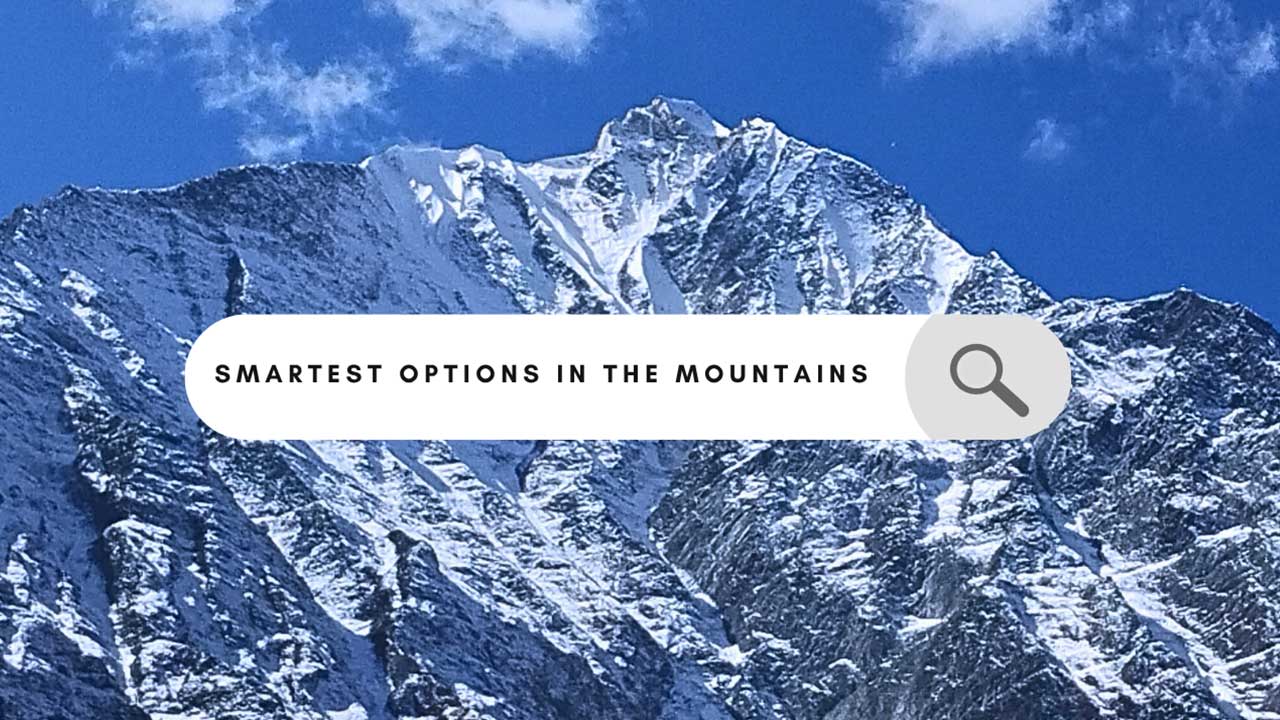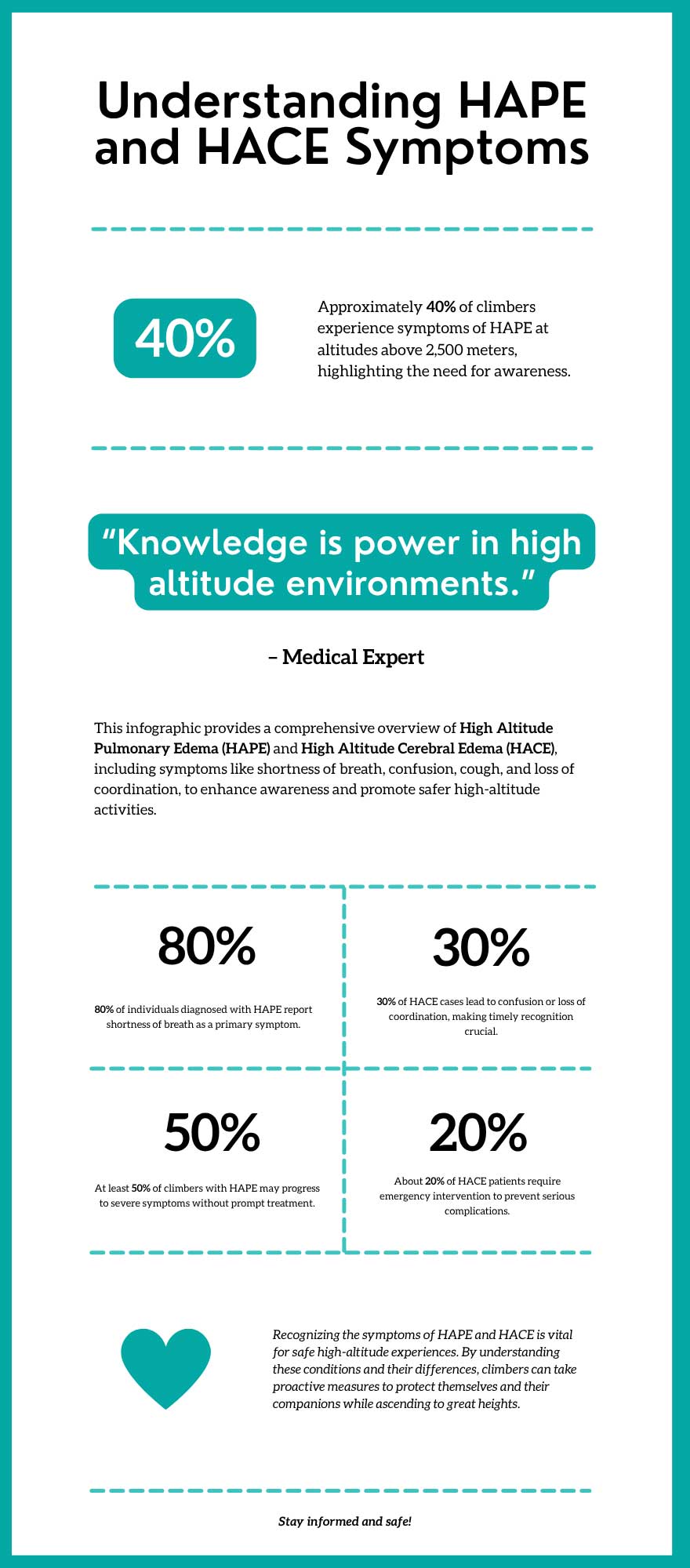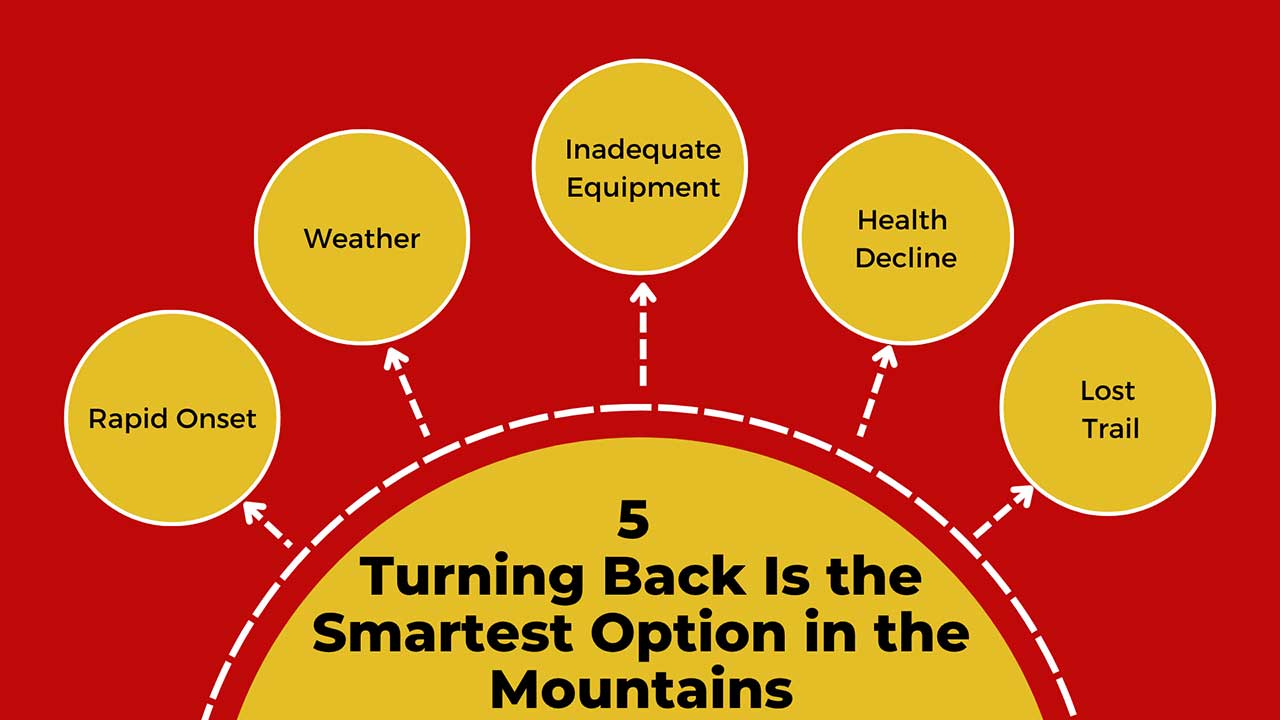5 Situations Where Turning Back Is the Smartest Option in the Mountains
Blogs
Introduction
In the world of high-altitude trekking and mountaineering, the idea of “pushing through” is often glorified. But seasoned climbers know that the smartest, and sometimes most heroic, decision is to turn back. Whether you’re trekking to Triund or attempting the Pin Parvati Pass trek, knowing when to retreat can save your life.
At Ascent Descent Adventures, we teach not just how to climb, but also when not to. Here are five critical situations where turning around is the best decision a mountaineer or trekker can make.
1. Rapid Onset of Altitude Sickness
Acute Mountain Sickness (AMS) is not to be taken lightly. If symptoms like persistent headache, nausea, dizziness, or loss of coordination escalate, it’s a red flag. Pushing forward under these conditions can lead to High Altitude Pulmonary Edema (HAPE) or Cerebral Edema (HACE), both of which are potentially fatal.
What to do: Immediately descend to a lower altitude. Delay can be deadly.

Learn to recognize and manage altitude illness in our: Rescue Emergency Care First Aid Course
2. Drastic Weather Change
Himalayan weather can shift in minutes. A sudden snowstorm, whiteout, or lightning storm can render trails invisible and increase the risk of hypothermia, frostbite, and disorientation.
Example: Many trekkers attempting the Pin Parvati Pass Trek have had to turn back due to snowstorms that came hours earlier than expected.
What to do: Always monitor weather patterns and trust your guides. If weather conditions worsen rapidly, turning back is the safe call.
Explore our Expedition Preparation Course for weather navigation and mountain decision-making.
3. Gear Failure or Inadequate Equipment
A broken crampon, lost headlamp, or soaked gloves may seem minor at first, but at high altitudes, small problems escalate quickly. Cold injuries, poor navigation, and nightfall risks can become immediate threats.
Common mistake: Inadequate layering or non-waterproof gear during the Indrahar Pass trek can force early retreat.
What to do: Assess gear before and during the trek. If essential items fail and backups aren’t available, head back.
Download our essential Mountaineering Gear Checklist (PDF) for beginners from the link below.
4. Team Member Injury or Health Decline
In the mountains, you’re only as strong as your slowest or weakest team member. If someone shows signs of dehydration, fatigue, injury, or panic, it’s not just their safety at risk—it’s everyone’s.
What to do: Prioritize the team. Splitting the group is rarely advisable. Turning back keeps the entire team intact and safe.
Learn group safety protocols in our Basic Mountaineering Course.
5. Lost Trail or Poor Visibility
Losing the trail—especially above 4,000 meters—can be disastrous. Snow, fog, or rockslides can obscure paths and landmarks. Risking a route in such conditions may lead to falls, crevasses, or getting stranded.
What to do: If you’re unsure of the trail and visibility doesn’t improve, turn back to the last known safe checkpoint.

Turning Back Is Not a Failure—It’s Experience
Whether you’re a beginner or a seasoned mountaineer, knowing when to say “Not today” is a sign of wisdom, not weakness. Every experienced guide, including ours at Ascent Descent Adventures, has made the call to retreat—and survived to summit another day.
Final Thoughts
Planning a trek in the Indian Himalayas? From Pin Parvati Pass to Triund trek, safety begins with preparation and the humility to respect nature. Train, gear up, and learn the mountain mindset—where sometimes, the bravest move is to turn back.
“Getting to the top is optional. Getting down is mandatory! — Ed Viesturs
Explore safe and expertly guided expeditions: View Treks | Join Our Mountain Training
Suggested Readings:
- 5 Must-Have Layers for Staying Warm Above 4,000 Meters
- Top 10 Beginner-Friendly Treks in Himachal Pradesh
- Survival Skills Every Trekker Should Know
Recommended Read for Safety & Risk Awareness:
- 5 Red Flags to Watch for During Your First Expedition
- 5 Common Accidents Beginners Face (and How to Avoid Them)
- 5 Signs You Might Be Getting Altitude Sickness
- 5 Emergency Signals Every Mountaineer Should Know